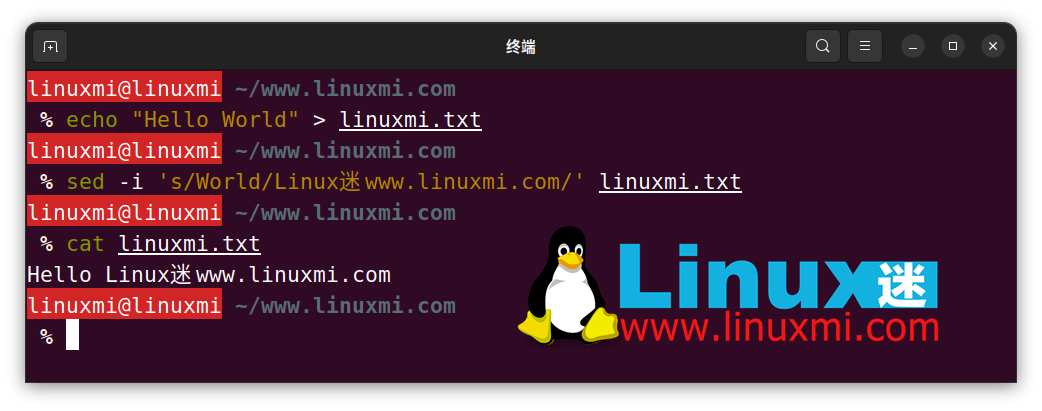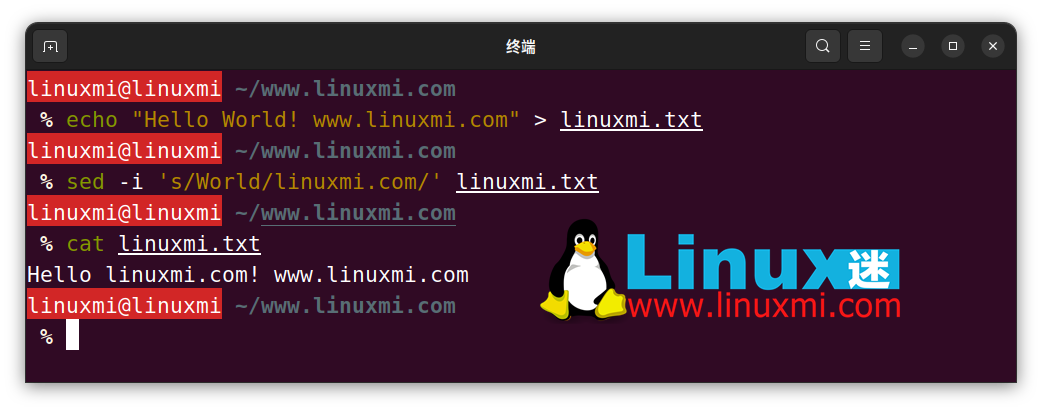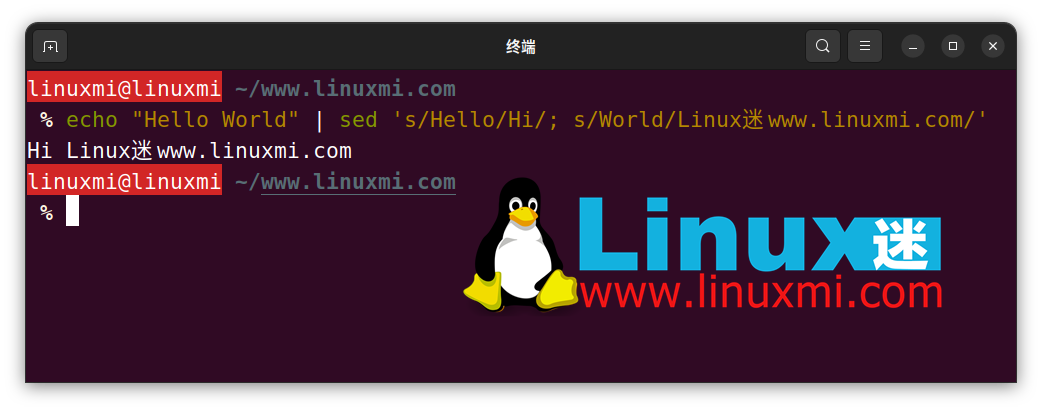
This article provides a comprehensive guide to the sed command in Linux for beginners, covering its history, uses, and some practical tips and tricks. Understanding sed and using it proficiently, and being able to process text efficiently are valuable skills that any user under Linux should have.

The purpose of this article is to provide beginners with a guide on how to fully use the stream editor sed command in Linux. It covers the command's history, usage, parameters, common use cases, and tips and tricks.
The sed command has been part of Linux since the early development of UNIX and is still used today. It is widely used for text processing and is known for its efficiency and speed.
Use sed when you need to perform text conversion efficiently on a file or stream. Its power lies in its ability to handle large files and use regular expressions for pattern matching and replacement, making it a must-have tool for scripting and data wrangling.
The basic syntax of the sed command is sed ‘command’ file_name.
linuxmi@linuxmi ~/www.linuxmi.com % echo "Hello World" | sed 's/World/linux迷www.linuxmi.com/'Hello linux迷www.linuxmi.com

-n: Disable automatic printing mode buffer.
linuxmi@linuxmi ~/www.linuxmi.com % echo "Hello World" | sed -n 's/World/linux迷www.linuxmi.com/p'Hello linux迷www.linuxmi.com

Using the -i parameter, the sed command will directly modify the source file instead of outputting the modification results to the standard output. To prevent data loss, when an extension is given, sed creates a backup file before proceeding with file editing.
linuxmi@linuxmi ~/www.linuxmi.com % echo "Hello World" > linuxmi.txtlinuxmi@linuxmi ~/www.linuxmi.com % sed -i 's/World/Linux迷www.linuxmi.com/' linuxmi.txtlinuxmi@linuxmi ~/www.linuxmi.com % cat linuxmi.txtHello Linux迷www.linuxmi.com

One of the common use cases for sed is to replace text in a file.
linuxmi@linuxmi ~/www.linuxmi.com % echo "Hello World! www.linuxmi.com" > linuxmi.txtlinuxmi@linuxmi ~/www.linuxmi.com % sed -i 's/World/linuxmi.com/' linuxmi.txtlinuxmi@linuxmi ~/www.linuxmi.com % cat linuxmi.txtHello linuxmi.com! www.linuxmi.com

sed can perform complex text conversions in a single line of commands by chaining multiple commands.
linuxmi@linuxmi ~/www.linuxmi.com % echo "Hello World" | sed 's/Hello/Hi/; s/World/Linux迷www.linuxmi.com/'Hi Linux迷www.linuxmi.com

When using the -i option, be aware that it may cause irreversible modifications to the file. Always make sure to have backups when working with important data.
sed is a powerful tool for command line text processing. With its help, you can perform complex text conversions efficiently and effectively. Proficiency in sed will increase your productivity in text processing tasks.
The above is the detailed content of A comprehensive guide to mastering the Linux sed command. For more information, please follow other related articles on the PHP Chinese website!




